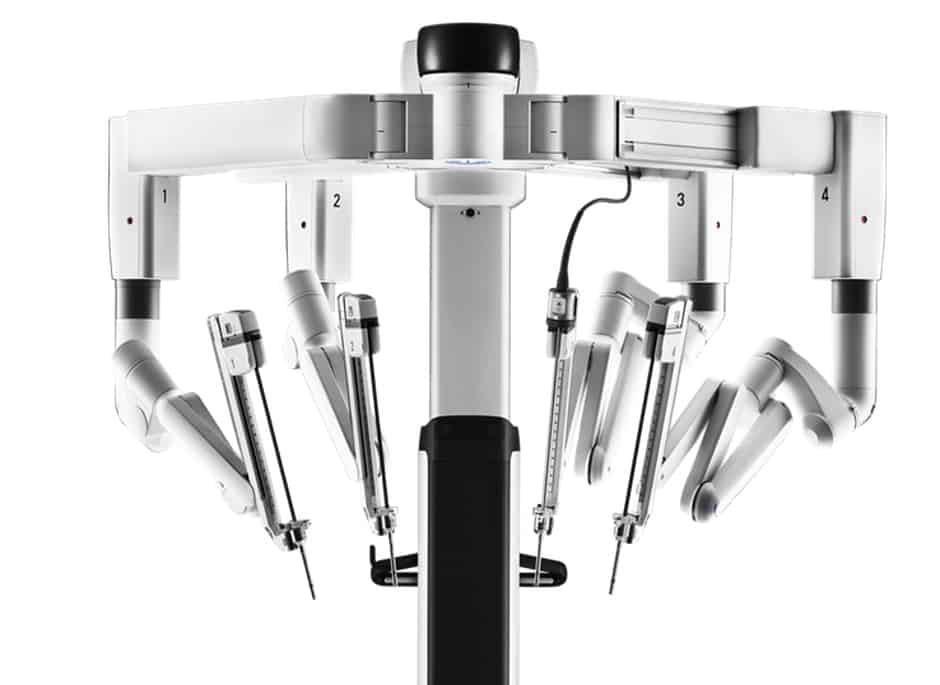
Going under the knife could one day become a thing of the past, thanks to the development of robotic surgical tools that could ultimately carry out even complex procedures using ultrasound.
Ultrasonic devices are already used to perform some forms of surgery, but design restrictions mean they are limited to procedures where access to the operating site is through a simple, direct route.
However, accessing many points in the human body requires the surgical device to take a complicated path, limiting the use of minimally-invasive ultrasonic tools.
Now a team of UK researchers, funded by EPSRC, are developing a new generation of miniaturised ultrasonic devices that, when integrated with flexible, tentacle-like surgical robots, will be capable of performing procedures deep inside the human body.
The ultrasonic tools could allow minimally-invasive surgery to be carried out with higher precision and much lower force, while protecting delicate structures, according to project leader Prof. Margaret Lucas at Glasgow University.
“If you are trying to penetrate bone, for instance, [with traditional surgical tools] it requires quite a large force, whereas with ultrasonics it requires almost no force,” said Lucas.
“Ultrasonics can also be tissue-selective, so if you have the surgical tip operating at the right frequency and vibration amplitude, it will cut through one material, but will stop when it hits another type of material,” she said.
The technology could allow more procedures to be carried out on an out-patient basis.
To develop the tools, the researchers are investigating ways to overcome some of the existing constraints of ultrasonic surgical tools. Crucially, existing surgical tips must be in resonance with the transducer that is producing the vibration, which limits how small the devices can be built, said Lucas.
“Once you decide what frequency you will be operating at, that determines what the size of the transducer has to be, and it also dictates to some extent what size your surgical tip has to be, and that can be a big restriction,” she said.
So, for example, existing ultrasonic surgical devices often tend to be long and straight, restricting the type of procedures they can be used for.
Instead, the team have been investigating ways to adapt a type of transducer known as flextensional transducers, which are more commonly used for underwater sonar applications, for use in surgery.
Flextensional transducers can produce enough vibration that the surgical tip does not need to be in resonance with it, allowing the device to be miniaturised.
It could then be attached to a flexible, tentacle-like robot, to allow it to reach any part of the body.
“So you would have a tentacle-like robot with an ultrasonic surgical device on the end of it, and you could bring that into the human body along quite tortuous pathways to the site of surgery, and then the ultrasonic device would be activated to perform the surgical procedure,” said Lucas.
The devices will be tailored to deliver the exact amount of ultrasonic energy to the precise location required for the surgery.
To this end, the researchers will also be investigating the effects of ultrasound on tissue, at and around the site of surgery, using ultra-high speed imaging techniques.
By better understanding the biological impact of ultrasound on tissue, they hope to be able to optimise the design of the ultrasonic devices.
The project includes researchers from Southampton, Edinburgh, Leeds and Birmingham Universities, plus the NHS, Shanghai Institute of Ceramics, and medical technology companies including Stryker, Active Needle Technology and Intuitive Surgical.

Project to investigate hybrid approach to titanium manufacturing
What is this a hybrid of? Superplastic forming tends to be performed slowly as otherwise the behaviour is the hot creep that typifies hot...